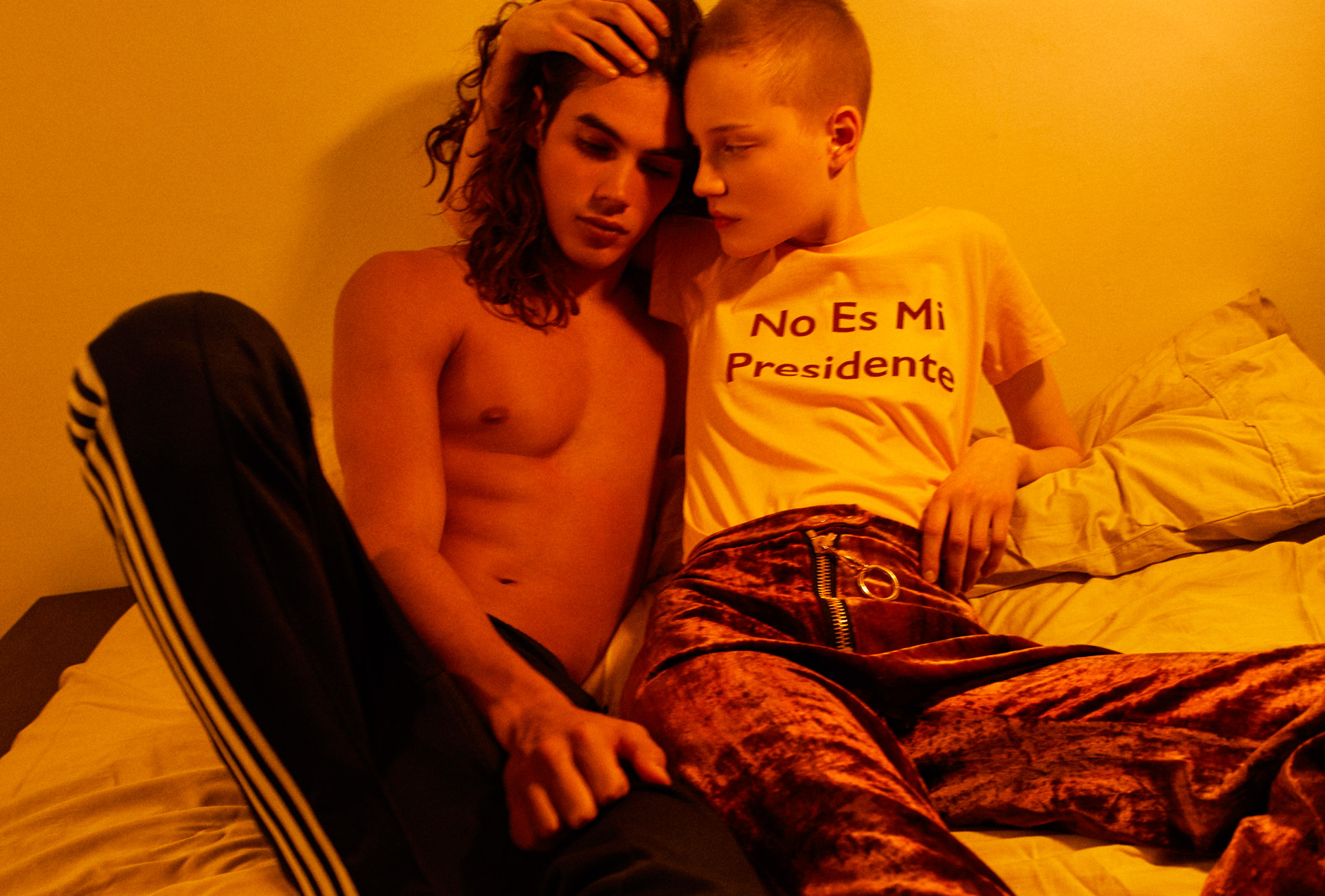
Navigating dating in a digital world where Instagram and imagery serve as currency can be nothing short of exhausting. Many of us are lost in the sea of swipe rights, DM's, and unsolicited imagery that comes with dating sites. So without ticks of approval and character references from mutual friends, how can we tell if the people we are matching with are really, well, a match?
Here, we turn our attention toward the direction of dating sites, to provide a comprehensive list of the most popular platforms, the kind of people they attract, and how to navigate each without feeling utterly overwhelmed and/or potentially catfished.
Tinder
Perhaps one of the most well-known apps, and also one of the most notorious, Tinder is a swipe-based (aka appearance-based) dating app that requires little to no effort other than signing up and being in the vicinity of other people. With very few regulations or requirements, the people on Tinder will likely be down to meet up for a ‘one night only’ situation, and may or may not look completely different in person than they do in their carefully selected profile pictures (or in the case of straight people, there will be alot of men holding fish). For testimony (and a laugh) Tinder Nightmares can confirm this. However, not all hope is lost. We do personally know of some success stories, let’s just say that some rigorous weeding out may be necessary, which is where Tinder Platinum, Tinder Plus and Tinder Gold come in handy. Offering subscription options to give the user extra perks, like unlimited "rewinds" (a dating app version of a 'go back) and profile boosts so you are shown to more people, like google ads but in the name of love!
Raya
Raya is another swipe-based app that people who think of themselves as important / creative, used to meet other people who think of themselves as important / creative. This is due to the simple fact that, in order to use Raya, you must first acquire a referral code from another user. The code is then used to submit an application linked to your Instagram account, after which you will wait patiently until said application is reviewed by the Raya committee and either approved or denied. Using the app feels like entering the Good Place version of Tinder, everyone is attractive and successful and / or famous. The pros: people seem to be generally easier on the eyes and saddled with more of their proverbial shit together. Cons: it’s $7.99 per month, it’s not location based (so you’re often faced with a lot of nice-looking people who are on the other side of the world), and the flow-on effects of being included in something exclusive can often be to the detriment of one’s character, if you know what we mean.
HER
HER is founded by and designed for queer women. Perhaps one of the more well-known LGBTQIA+ dating apps for women and non-binary folks, the HER app sets itself apart by being known to be more community focussed, as opposed to hook-up based. They have three different features: Meet, Feed, and Events – where you can locate events for queer women in your area to connect with your community. The matching process itself is based on age and location preference, so at least you won’t be disappointed after matching with someone only to discover they live in Canada.
Bumble
To us, Bumble feels like the sensible older sister of Tinder with better morals and a five year plan. Their tagline, ‘Make The First Move’, requires women to send the first message after matching with someone of the opposite sex, with the intent of shifting old-fashioned power dynamics (this hasn’t yet fully emancipated us from the patriarchy, but we’ll send updates should this change any time soon), what this does do is weed out the people who end up on the aforementioned Tinder Nightmares, and creates an environment where women feel slightly more in control. Anecdotally, of all of the above, we’re able to cite the most long-term dating app success stories to Bumble, which we’re hoping comes down to its self-proclaimed ‘wokeness’, deterring any duds.
Grindr
Hailing from a predominantly female office, our firsthand experience of Grindr (and ability to report on it) falls fairly short. Marketed towards queer and trans men (but open to many in the LGBTQIA+ umbrella), the app works to connect you with those closest to you – even if it’s the same room. For research purposes, we asked some of our male friends to weigh in on what they use the app for, which was best described by one as “a late-night crawl”, instead of something used to connect and foster a long-term relationship. We all need ways to blow off steam, which Grindr seems perfect for, just maybe not for those wanting serious prospects.
HAPPN
For all you movie scene meet-cute romantics. Happn is based on this fantasy, providing users with the ability to track down the tall drink of water you may have just stumbled past, in the least creepy way possible, of course. If said tall drink of water also uses the app, they will pop up as 'near you'. The pro is that with the right intentions, it can be wonderful for tracking down folks in your area. The con, however, is giving strangers on the internet access to your vague location, which could be a bit of an invasion of boundaries when landing in the wrong hands.
Safety first
While the digital age of dating can be fun, exciting, and entertaining, it's important to be safety-aware when you are using these kinds of apps. Always remember to be cautious with your personal details, arrange to meet in public, let a friend know where you're going and who with, don't be afraid to bail if things get weird or uncomfortable, and travel to and from by yourself so you're in control of your transportation.



